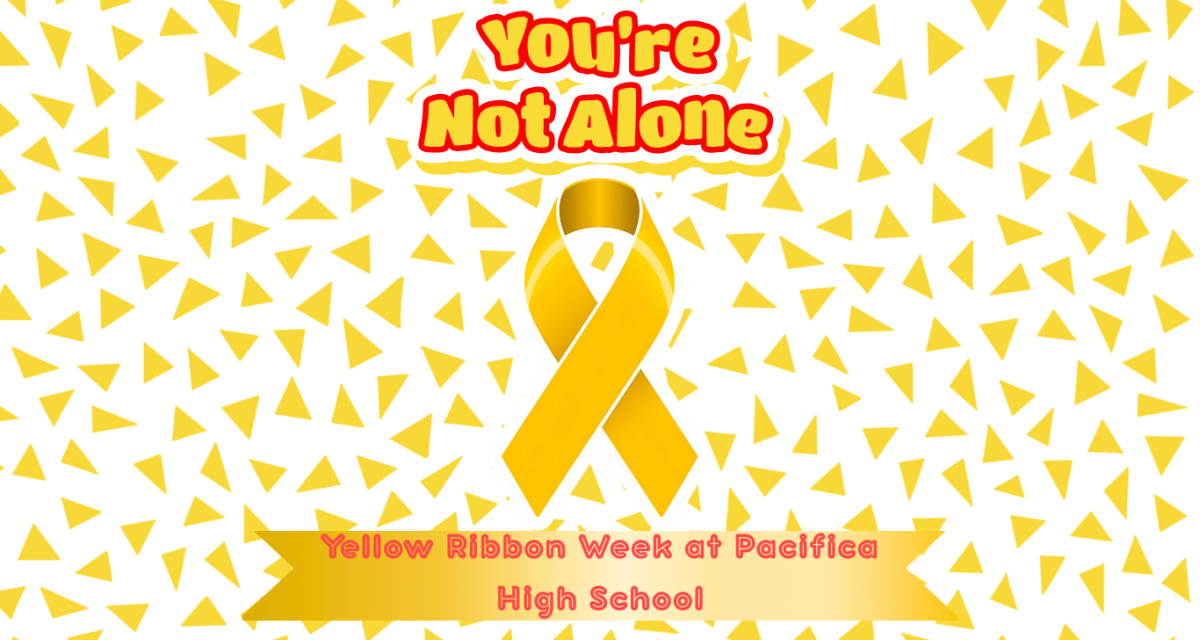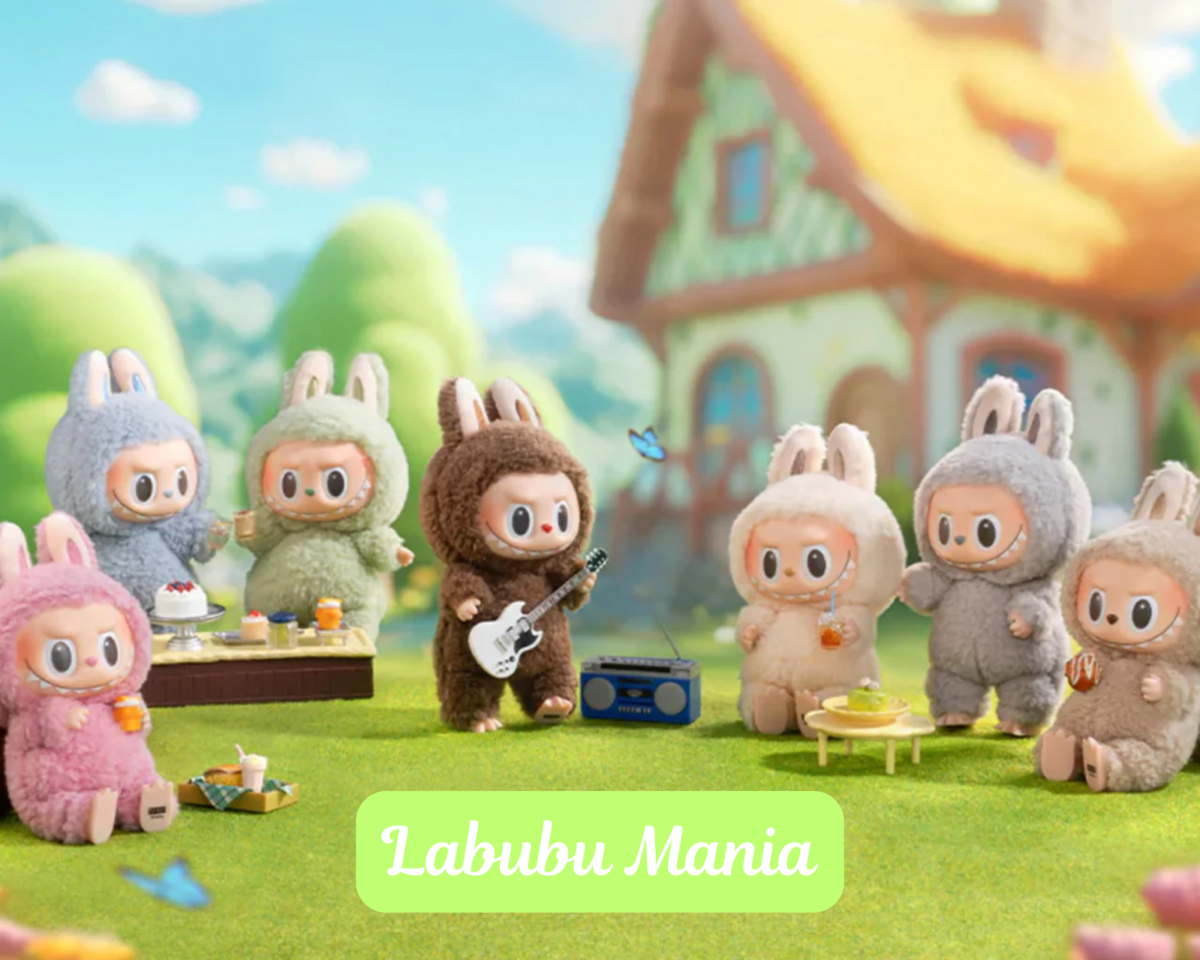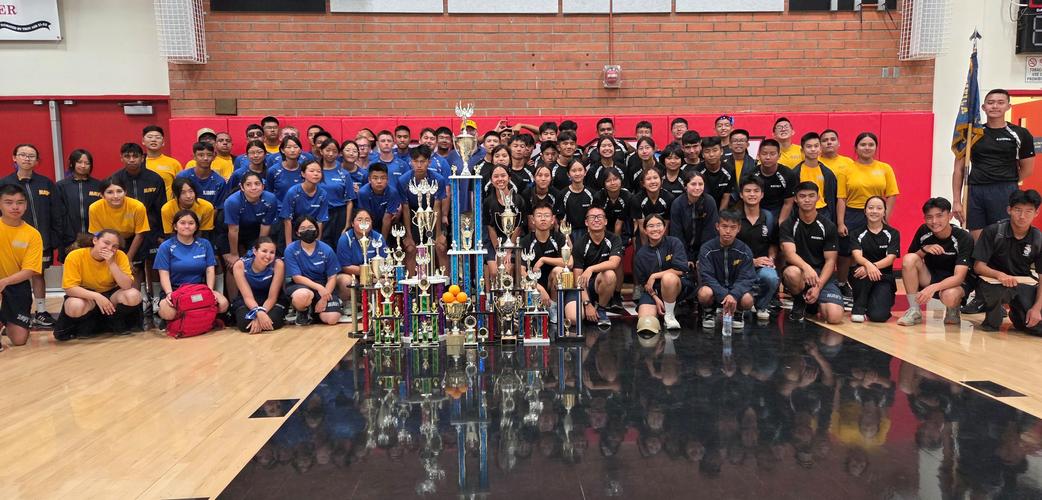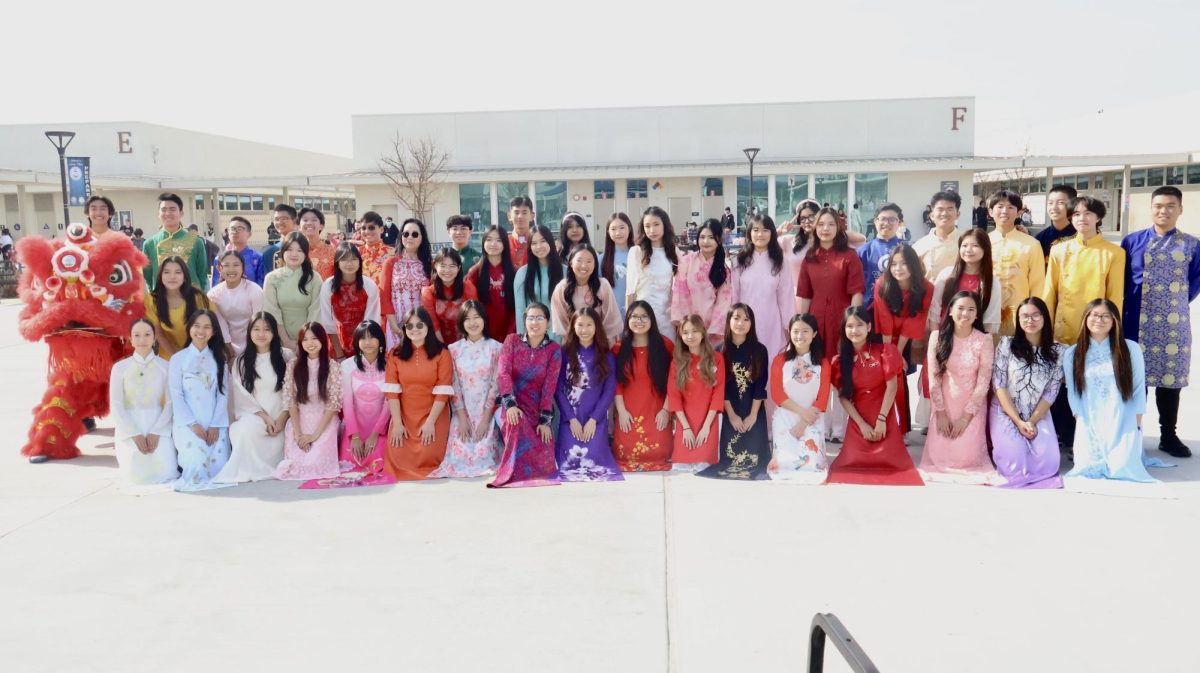Labubus are the subject of all trending conversations, with their devilish smile and mischievous face. From teachers to performative guys, everyone has heard of them. Labubus are the new obsession replacing old trends, like the Stanley Cup, Owala, checkered print, bucket hats, and Hydroflasks. People have been latching onto new trends and disposing of old ones since the dawn of time, but recently, in the age of the internet, trends are coming and going at alarming speeds. Influencers push their sponsorships on social media saying “run, don’t walk” to get their new product. There isn’t anything inherently wrong with indulging in a trend if it speaks to you, but the issue arises when people buy, buy, buy, and what isn’t “in style” anymore gets thrown away. Even adults are vulnerable to these fast moving trends, but teens are especially susceptible as they try to solidify their identity and keep up with the rest of their peers on the latest trends.

Many students at Pacifica have joined the Labubu craze, including freshman Raquel Pineda. Raquel has 1 Labubu, but believes that consumerism is a growing problem in society. When asked how her life has been impacted by the purchase, she states, “I feel that friends connect better when you have those similarities. Labubu definitely has a big impact because a lot of kids use it as key chains, on back packs, or purses so it’s been a widespread trend for students.” The hype for these little monsters has definitely brought together students as they compare their different types of Labubus and their different ways to dress them up. These toys give students a chance to express themselves as well as bond over their love for these little toys. Overall it can contribute to a swapping of student culture on campus.

On the other hand, there are some students who choose not to participate in these rising trends. Senior, Skye Cervantes, is not entirely opposed to having a healthy amount of collectibles, as she indulges in a few trends every now and then, such as the Squishmallow craze of 2020, but ultimately has concerns about the role consumerism plays in society. When asked about her views on these recent trends, she noted, “I see a lot of different things that are picked up and a lot of people purchase them, and I kind of look into it, but luckily, I’m able to stop myself. My little sister definitely buys into the trend a lot, and it just creates a lot of unnecessary habits for our youth. I think that it makes them believe that you really need to keep up with the trends in order to be liked and in order to be perceived well, and it makes them believe that you have to always keep on buying the latest trend, and that’s just normal, but it’s not.” These ideas can be dangerous and may teach the future generations to correlate acceptance with how fast a person can keep up with trends. The constant need to buy is hidden under a mask of social connection and reinforces the idea that a person’s worth is connected to their purchases.
These feelings are not just an isolated incident at Pacifica either. Students from all across the country feel the same way about the ever changing trends of the time and feel the rush to keep up with everyone else. In an article published by The New York Times, Are You Overwhelmed by Trends? Natalie Proulx writes, “Lina, 15, a high school freshman near Fort Wayne, Ind., watched classmates buy $35 Stanley tumblers only to covet another brand of pastel water bottles shortly thereafter. ‘It’s wasteful,’ she said. ‘You’re just wasting resources, you’re wasting money.’” The sentiment is clear: these rapidly evolving trends, while fun, are ultimately a waste of resources and tiring to keep up with. These fun little trends may seem harmless to participate in, but in a world with finite resources, using them up for cute little monsters seems like a mismanagement of precious resources. People are ready to drop $60 on a limited edition Labubu, but hesitate to help out their community fund raisers. Instead of trying to keep up with the endless cycle of consumerism, people should think before they buy; trying to buy the worthwhile essentials before spending their paychecks on trinkets.
At the end of the day, buying Labubus or little trinkets that will make someone happy isn’t the end all be all, the problem arises from the need to conform to current trends. People may be swept up by the need to prove themselves by means of buying into the latest fads, but what matters is stopping to ask, “Do I really need this? Or will I forget about it once the trend is over?” By asking oneself these questions, it will reduce a person’s need to follow the newest “it” item and make worthwhile purchases.


















